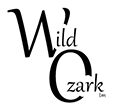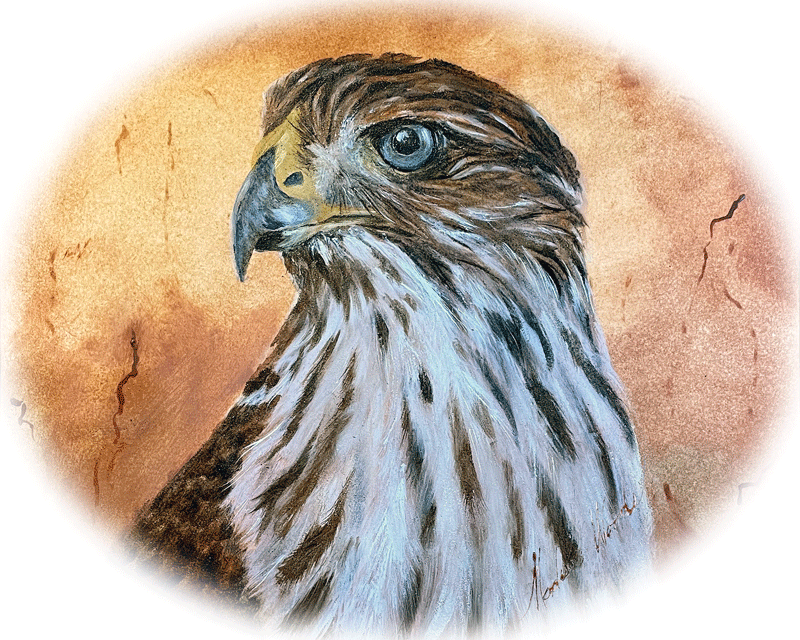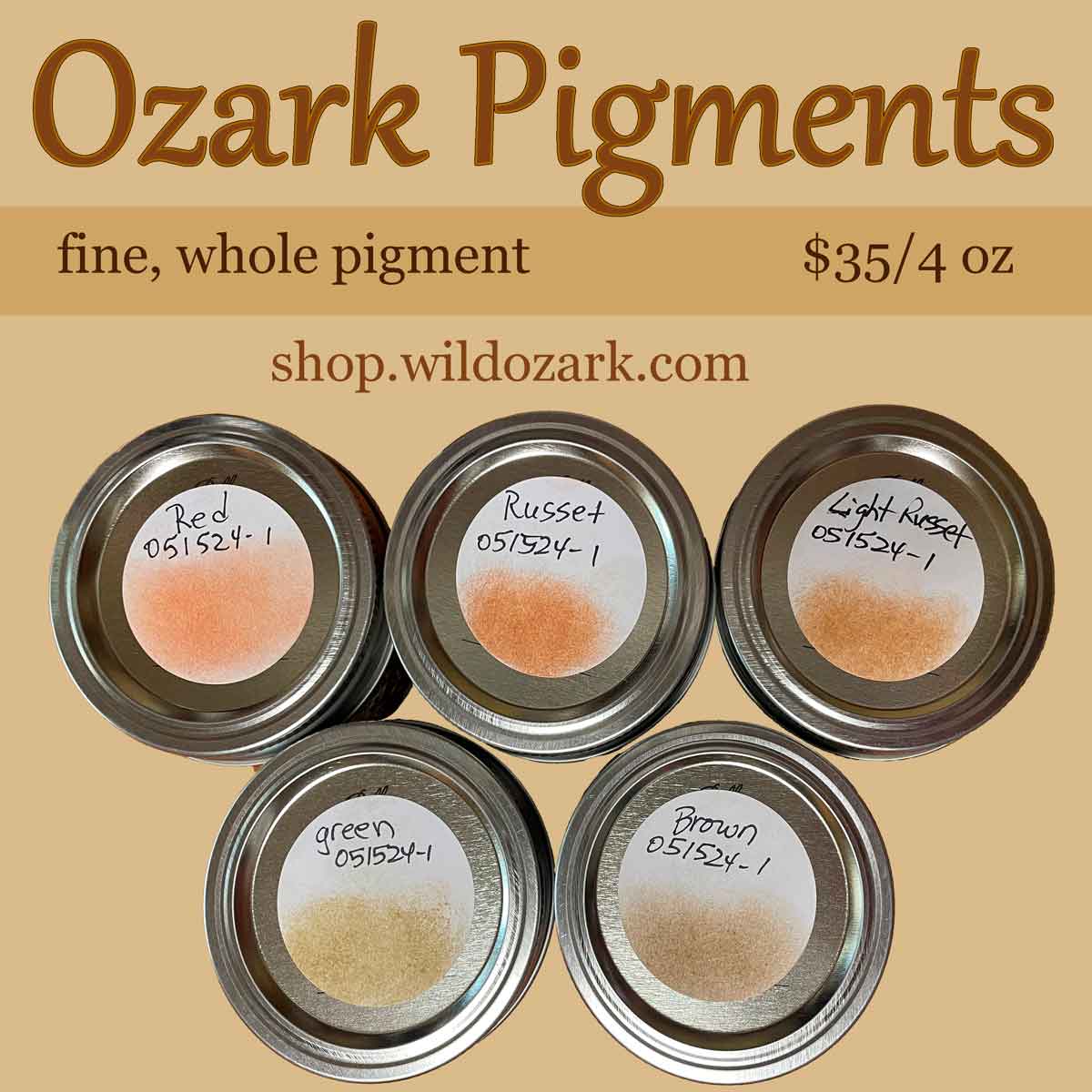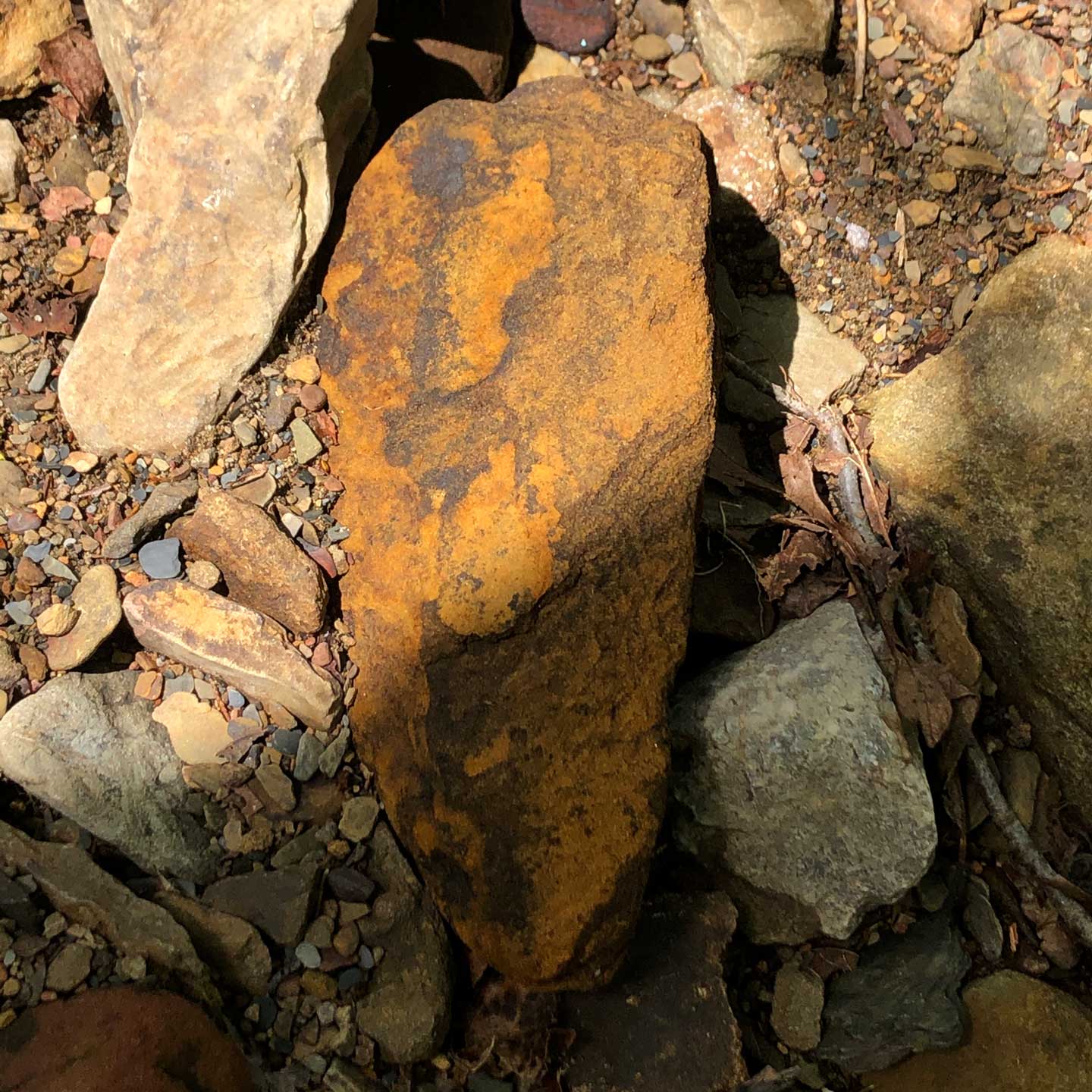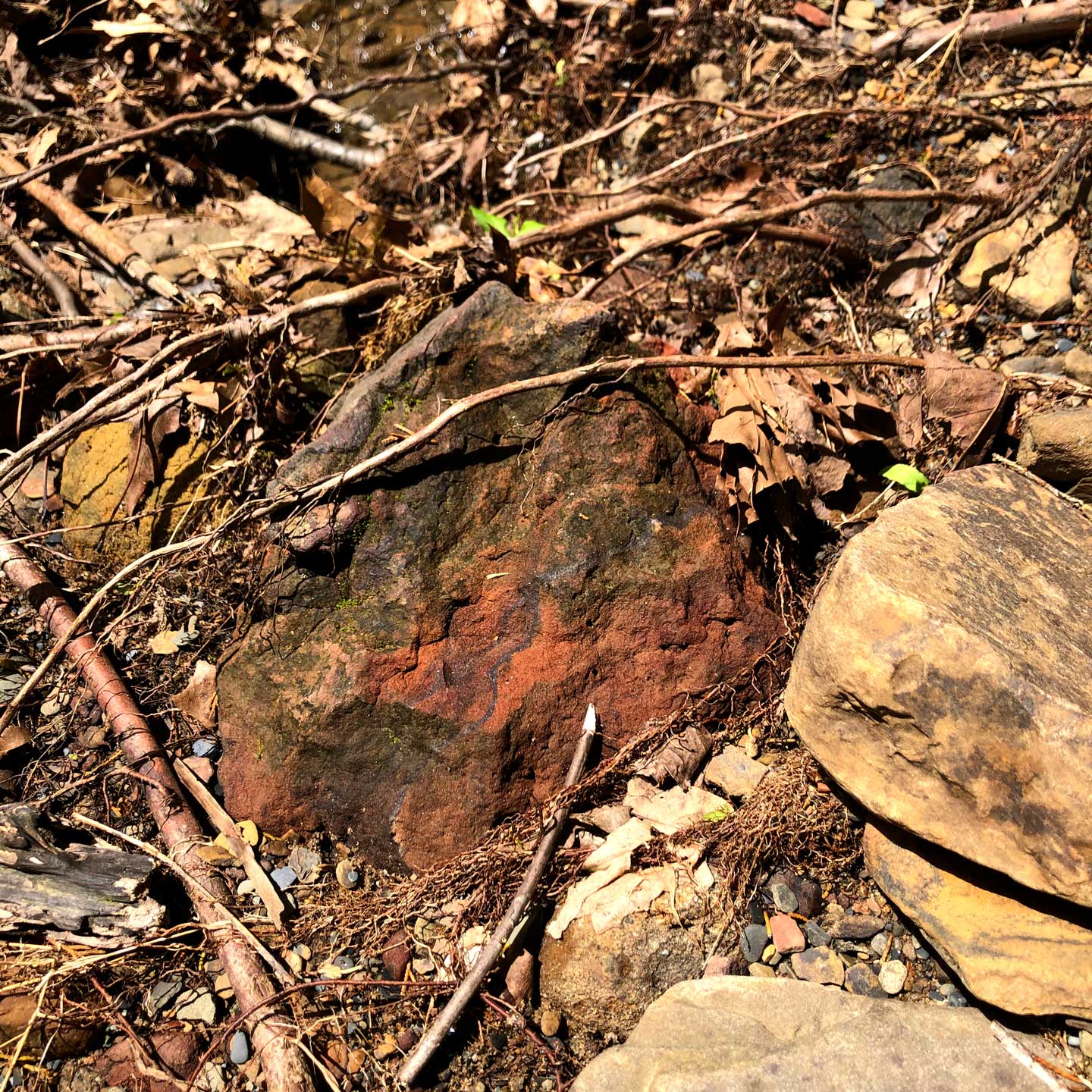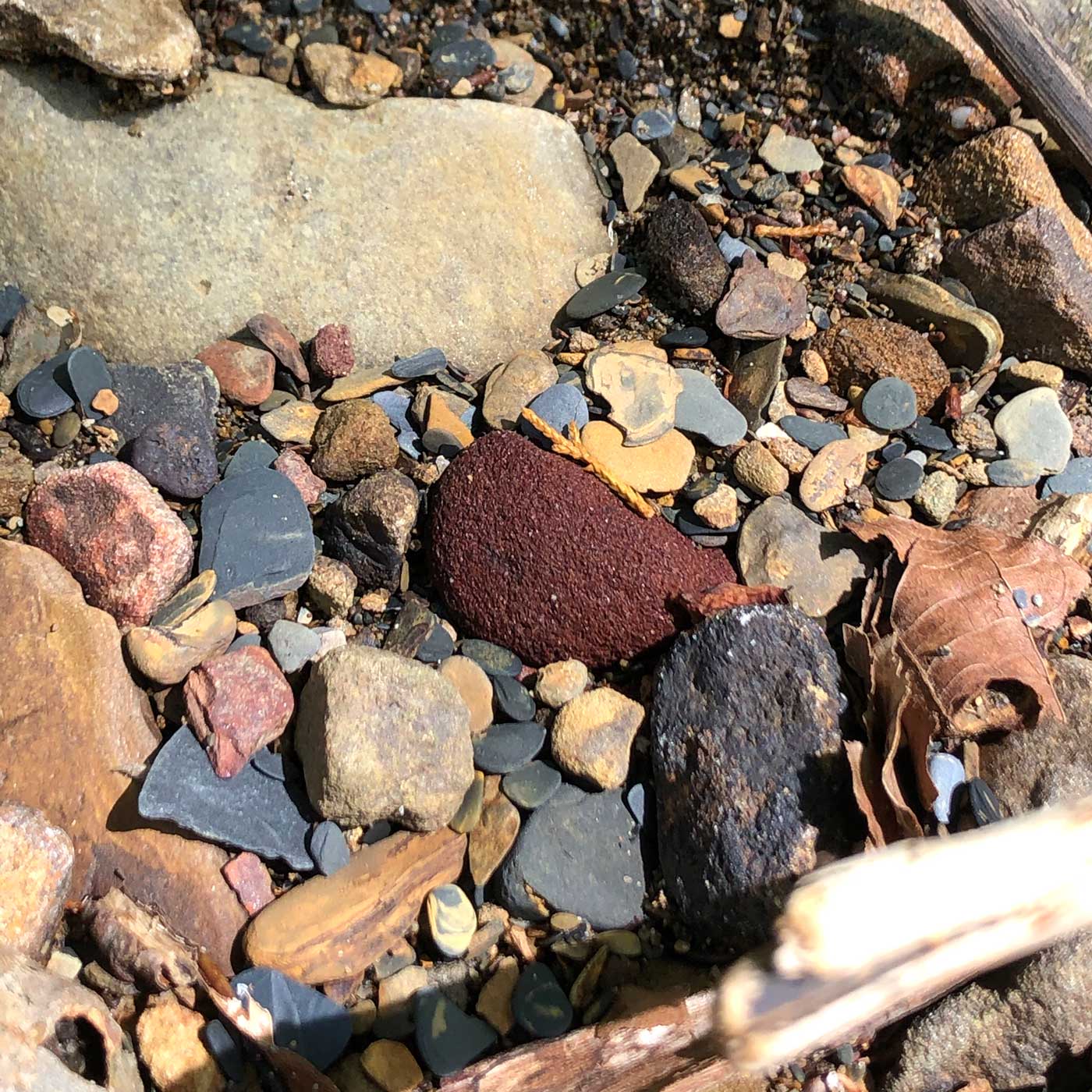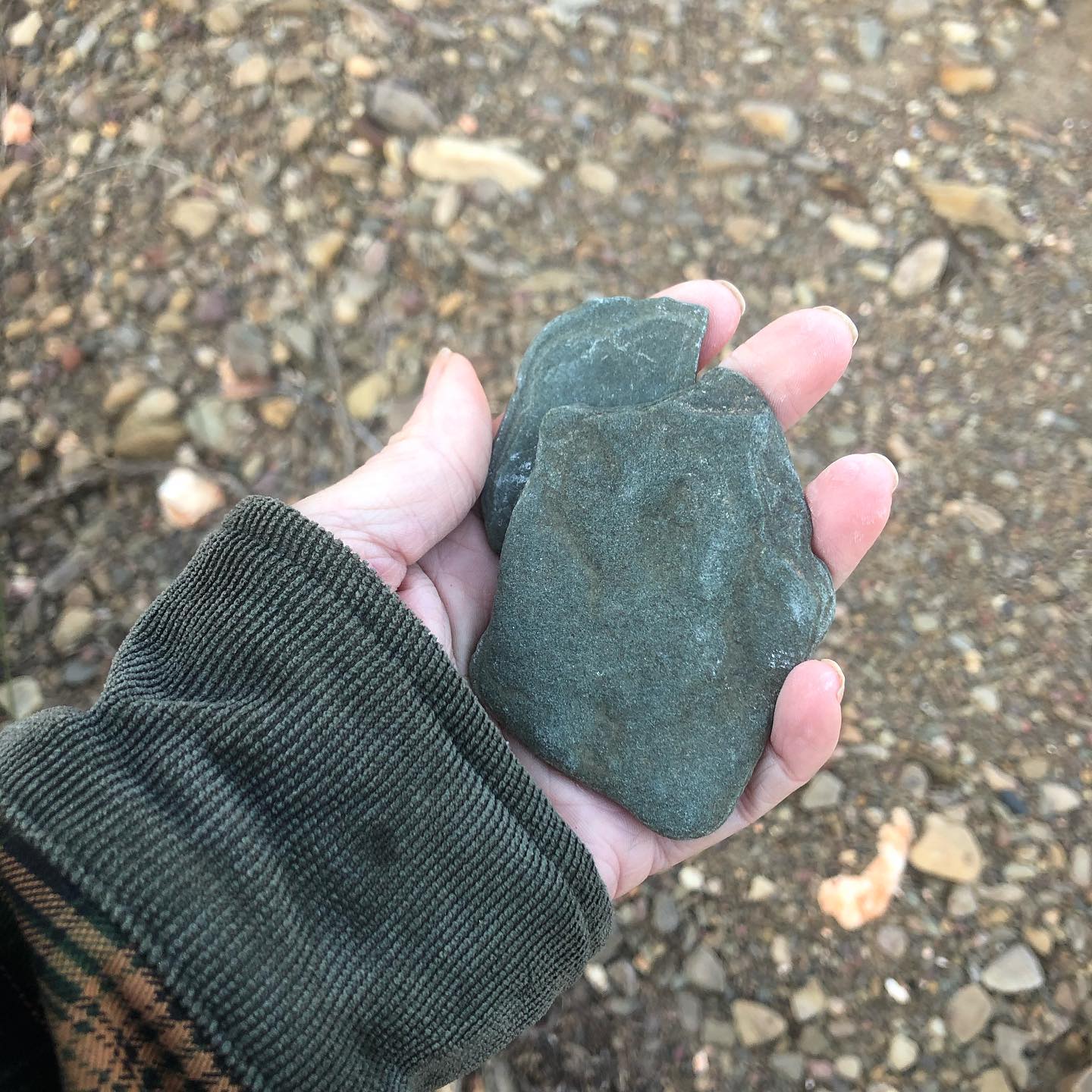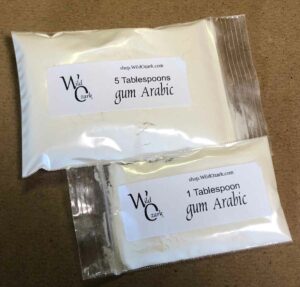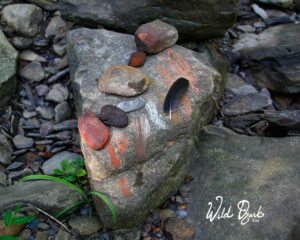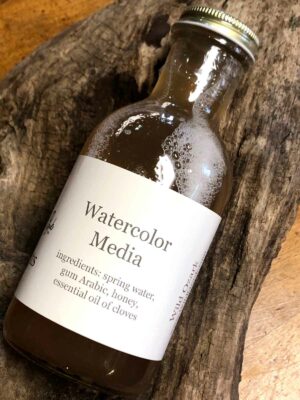Description
An assortment of fine-ground Ozark whole earth pigments from the rocks of Wild Ozark’s creeks and land. ‘Whole’ means that I simply ground the whole rock and packaged the powder. It is not washed. It is still gritty, but if you like textured paint, you can use it as is. However, I suggest at least a bit more work with it in the mortar and pestle because there are still random larger chunks scattered throughout.
This is a natural product, so each batch will vary in hue. This is Batch No. 051524-1. Sometimes, there’s only one jar of a color, so that’s all there is for that batch. When there are multiple jars, each jar should produce the same color each time you make the paint.
Fine-Ground Ozark Earth Pigments
While these are ground to the finest setting on my rock grinder, they are still gritty and some larger pieces exist. If you intend to use the whole pigment, then the paints will be textured. They can be ground by hand or ball mill even finer. But to get the very best paints, I do that by washing the pigment to separate the really fine particles (lites) from the grainier (heavies).
Washing Pigments
I wash my fine-ground whole Ozark earth pigments by putting about half of the 4-oz jar into a quart jar. Fill the quart with water, shake. After a few seconds, pour the colored water off into another empty jar. Repeat, using a second empty quart jar to hold the colored water. Repeat until the water isn’t very colored. Let these jars of colored water settle. When it’s cleared, pour the water off and let the sludge dry. This sludge will make a cake of very fine pigment. You’ll need to break it up and put through a sieve to return it to powder before mulling.
Except with shale gray (see below), use the process described above to get fine powders that will make smooth paints. I will usually grind the heavies by hand and wash again to get more of the fine pigment powder. I repeat it until there’s nothing that grinds smaller in the heavies.
The Green Pigment
This isn’t a true green. It’s closer to terre verte, and it produces a sage to grayish green paint. It’s not as pigmented as the other colors, but it’s still a vital part of my palette. Each batch is shaded slightly different but none of them are close to a true green.
Some pigments have better color in the heavies. This is true with the green.
Save the sludge from the original wash jar and let it dry. Once it’s dry, grind it with mortar and pestle and use that for making the paint. With the green, the color from the heavies is a little more green than the lites that are settling in the colored water jars. It will still be more textured than the lites, but the color is richer, so it’s a trade-off. You can still use the lites to make a smooth paint.
Shale Gray
While I’m not offering shale in this batch, this is one pigment that absolutely must be washed. Rather than save the colored water from the washing, pour it outside. Save the heavies and once it dries, grind it again and use that to make the paint.
The dark gray shale found here has water-soluble organic compounds and sulfur in it. These compounds will smell like rotten eggs in wet paint, though it disappears once it dries. However, the compounds can react with the other colors in your painting, so it’s best to wash it (and discard the wash water) before making the paint.
Brown
This comes from black or brown rocks that are most likely magnetite. It makes a rich brown paint in watercolor or oils.
